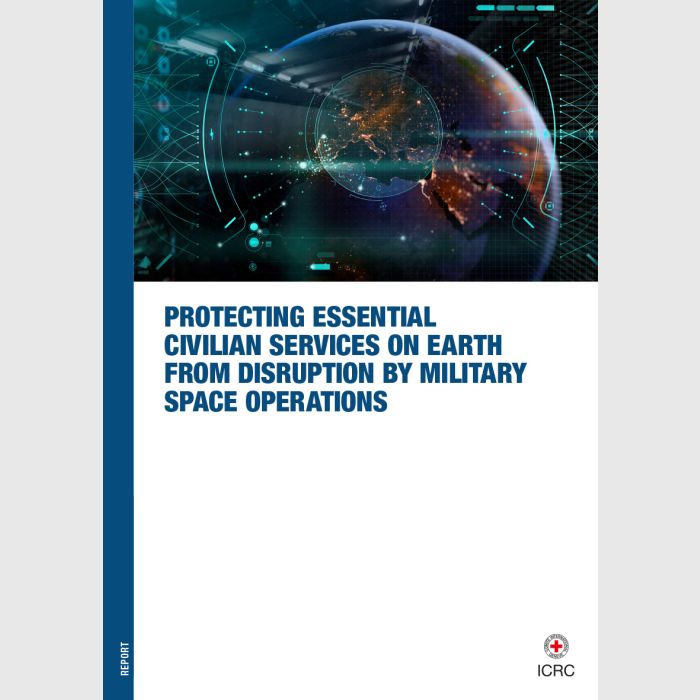We use cookies to make your experience better. To comply with the new e-Privacy directive, we need to ask for your consent to set the cookies. Learn more.
Protecting Essential Civilian Services on Earth from Disruption by Military Space Operations
First used for surveillance, communications and navigation purposes in the late 1950s and early 1960s, military space capabilities have evolved from mostly strategic applications to providing direct tactical support to military operations as well as weapons platform targeting and guidance. This transition has revived competition among major spacefaring nations to enhance their counterspace capabilities, which may be deployed for hostile purposes.
As military space capabilities have evolved, new applications and systems have also emerged in the commercial satellite sector – essentially driven by the same technological innovations. Growth in this sector has accelerated in recent years with the deployment of large constellations of communications and remote sensing satellites. As commercial satellite services have improved, in terms of their capacity and level of sophistication, the armed forces have become important customers. Conversely, essential civilian services now rely on satellite systems, including systems owned and operated by military forces, such as global navigation satellite systems, and commercial space systems. As a result, many of today’s space systems are dual-use, simultaneously performing military and civilian functions.
This intersection of military and civilian interests in space is a potential source of humanitarian concern. Military operations during armed conflicts increasingly rely on both military and commercial space systems and will continue to do so in the future. This reliance increases the likelihood of those systems becoming military targets, with a significant risk of harm to civilians and humanitarian organizations that rely on the services provided by such systems.
This report, commissioned by the ICRC and authored by two consultants, reviews the evolving and converging development of military and essential civilian space-based services, identifies the risks to the civilian population and to humanitarian operations should space systems be targeted, and offers policy options to mitigate potential civilian impact of disruptions to satellite services.


